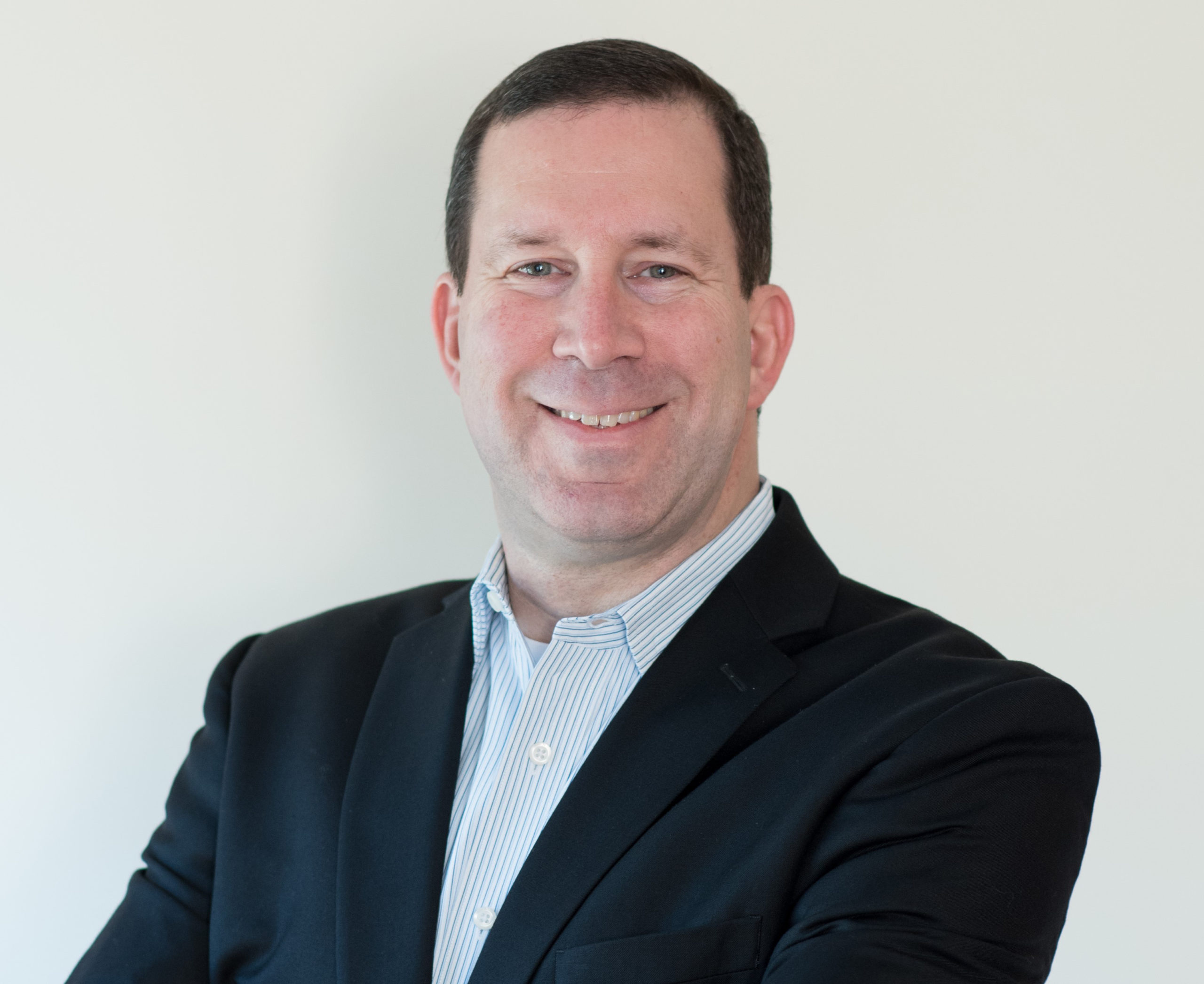Tim Sackett and Ben Gotkin are longtime recruiting veterans who’ve long felt that something is missing from the profession–specifically, an organization that can serve as a central repository of vital recruitment information and standards. Several years ago, they and others–including Gerry Crispin, principal and cofounder of CareerXroads, and Elaine Orler, founder and CEO of Talent Function and conference chair of Recruiting Trends & Talent Tech LIVE!–announced the formation of the Association of Talent Acquisition Professionals.
ATAP is intended to serve a role for talent acquisition similar to the one that organizations such as the Society for Human Resource Management fulfill for the HR profession, says Gotkin, who in addition to serving as ATAP’s executive director is principal consultant at Recruiting Toolbox. Last year, ATAP released its first measurement standard for sourcing and plans to develop additional standards for talent acquisition in the coming years. The goal, he says, is to make it easier for talent-acquisition leaders to find and hire qualified recruiters and help equip those recruiters with the knowledge and tools they need to be effective in their jobs.
ATAP will be well represented at the upcoming Recruiting Trends & Talent Tech LIVE! conference: Sackett (who is president of HRU Technical Services and a popular speaker on recruiting topics) and Crispin will both be headline presenters, while ATAP members Conni LaDoceur, Kevin Grossman and Carmen Hudson will also be presenting sessions and workshops.
I recently spoke with Gotkin and Sackett about their vision for ATAP. Below is the conversation, lightly edited for clarity, in which we also discussed the state of recruiting today and what vendors need to be doing more of–and less of.
Tell us a bit about your organization and why it was founded.
Ben: When we think about accounting or engineering, those are well-defined professions that have associations which oversee the standards that apply to those professions. Unfortunately, we haven’t had an organization like that for talent acquisition–not for quite a while, at least. At the same time, we’ve seen a real sea change within recruiting itself: it’s moved from being a piece of HR to a profession in which people increasingly want to have a life-long career. The opportunities for working as an in-house corporate recruiter have increased exponentially. Gerry Crispin and I were talking about this almost 10 years ago, about how talent acquisition needed an independent, objective, nonprofit association that could build standards and measurements, represent our interests, promote educational opportunities and help build a broader sense of community. We laid the groundwork in the intervening years and in 2016, we had a soft launch of ATAP.
Tim: I’ve worked in recruiting and I’ve worked in HR. When I was in HR, I was pushed to join this association, get that certification. When I went back to recruiting, we didn’t have that–we lacked the community that the [Society for Human Resource Management] brings to HR. I think it’s time that we raised the talent acquisition community to the standard that our HR peers have worked to get to.
What are some of the functions that ATAP hopes to provide for the recruiting profession?

Ben: We’ve seen an insatiable hunger for education in the recruiting community. There’s a tremendous desire to have an idea of what “good” looks like–but you can’t have that without a common set of measurements. What does career growth look like in this profession, for example? There’s no real guidance for navigating that. We conducted a survey last year that was completed by more than 500 people–75 percent of them said their career ambitions are focused exclusively on talent acquisition. They don’t want to be vice president of HR; their true passion is recruitment. In some cases, they want to work in recruitment niches, such as sourcing or employer branding. But right now, there’s just not enough out there that truly supports career development in this profession in terms of what success looks like.
A lot of what we want to do with ATAP is still in the planning stages. One of our goals is to build a defining body of knowledge for this profession. Googling something just isn’t the most effective way to learn. Our goal is to be the place recruitment professionals go to for information on how to do their jobs better. We also want to work with higher education to create curricula for students who want to work in recruiting.
So, you want to have a certification program similar to what SHRM does?
Ben: Something like that, yes. We’d want to do that in a scalable way, leveraging technology. Another thing we want to do–everyone jokes that no one goes to school to be a recruiter. Well, why not? A bachelor’s of science degree in talent acquisition–that holds a lot of appeal to TA leaders, to be able to hire someone with an actual degree in this area.

Tim: Given the sheer number of college grads who enter the field of recruiting, it’d make sense to have a college curriculum for this. When you hire a grad as a recruiter, there’s a 50-50 chance they’re going to succeed. And yet for some reason we think that’s fine, to churn through people like that. We could do a better job of ensuring someone’s going to be good at recruiting. A SHRM certificate isn’t a guarantee you’ll be a good HR person, of course, but it does mean you know something about HR. Recruiting is a more activity-driven profession than HR, it’s less subjective, so that’s what we’ve got to figure out: How to help TA leaders make better decisions on hiring recruiters.
Ben: Defining the bar around the body of knowledge, determining how we measure things–that’s going to be enormously impactful for recruiting. Our goal is to have significant influence on that.
Speaking of knowledge–what does a recruiter need to know and be good at these days?
Tim: We’ve hired a lot of non-recruiters and taught them how to do it. A lot of it has to do with truly understanding what it is a hiring manager wants. Then, it’s taking that information and being able to network your way to finding those people. Some people are good at networking, others aren’t. For us, it’s about asking enough questions so you can avoid wasting time. When I worked in healthcare, the CEO kept telling me I had to have registered nurses hire nurses. I was like, “RNs get $55 an hour, why not have a recruiter do this?” They just need to understand the occupation. A good recruiter needs to want to learn continuously–to be a lifelong learner, like Gerry Crispin is.
Ben: One of the formulas we talk about is that great outputs require great inputs. It’s about asking smart questions, building confidence with your hiring managers, aligning to what’s most important to the business. Any hiring manager will tell you that the most important thing is hiring great talent quickly. Aside from knowing how to optimize for speed and quality of hire, you’ve got to have intellectual curiosity–about the business, what’s happening inside the business. And persistence is a must–the first time I struggled on filling an assignment, I went to my boss, and he told me “There’s no failure here–there’s someone out there who can fill this role, so keep going!”
Tim: I started out in my recruiting career working for my mom. I interviewed 25 people and they all turned me down. She said, “Call them again.” When you call them a second time, you don’t have to repeat your spiel, you just ask them who they know. You do what it takes to get the ball over the goal line. I don’t know whether that’s trainable or not–maybe it’s an inborn trait.
Ben: Some of it is trainable. A lot of new recruiters–they send one InMail and then give up. You need to reinforce that that’s not enough–it’s InMail, phone call and then text. And if you give up after one attempt, you are not going to be successful in this field. One candidate may say “Leave me alone,” but more often they just don’t have time to get back to you. Or, maybe your pitch isn’t convincing enough. You need to always be thinking of more creative ways in which to present an opportunity.
Let’s talk about all the tech vendors in the recruiting space–what are you hoping to see from them this year?
Tim: I’d like to hear less talk about AI and more about where the technology actually fits within the recruitment process and what it does to help the recruiter be more effective in what they do. There are all these buzzwords, but they get lost on the normal practitioner, who just wants to understand “How can this stuff help me?” Part of the problem is that we have people creating the tech who aren’t from recruiting, then they’re hiring marketing people who aren’t from recruiting. The result is, they have this fantastic tech but lack the ability to explain it to talent-acquisition leaders.
I’d also like to see more honesty from the vendors. There’s all this talk about how “AI won’t replace recruiters.” Well, that’s not necessarily true. It will replace some recruiters, and it will free others up to do more interesting things. It will help them move into more of a talent-advisory role, but you have to teach TA leaders what this actually means.
Tim, can you share a little about what you’ll be talking about during your presentation at the upcoming conference, titled “Not All Trends Are Created Equal”?
Tim: I’ll be taking a look at the overall trends of automation and recruitment marketing and what that actually looks like. There’s a difference between employer branding and recruitment marketing, for example. I’ll also talk about how marketing technology has had such a huge influence on recruiting–not only corporate recruiting but on the staffing and RPO side, as well. Then I’ll talk about the growth of modern assessment–we’re in a tight labor market now, but the economy is softening and this will actually be an opportunity for us to hire better. During the past couple of years, a lot of us have been focused on just finding warm bodies. But we may start having more capacity soon, so it won’t be about finding warm bodies so much as upgrading our talent. And that requires a much more dynamic recruitment strategy.
Ben, any last words about trends you’re seeing?
Ben: I’m starting to see a shift from hiring for culture fit to hiring people who are complementary to an organizations’ culture. This emphasis on cultural fit, unfortunately, has led it to becoming the enemy of diversity and inclusion. You can’t really have both. “Cultural fit” is often a veil for “I want to hire people who look and think just like me.” Organizations are starting to recognize that and are changing their thinking about how it impacts their ability to effectively hire diverse talent. Everyone say diversity is important, but few people understand what that actually means. Some organizations feel they can hire for cultural fit while also saying that diversity and inclusion is critical, and they struggle to make that work.
Recruiting Trends & Talent Tech LIVE! will take place Feb. 20 through 22 at Caesars Palace in Las Vegas.



